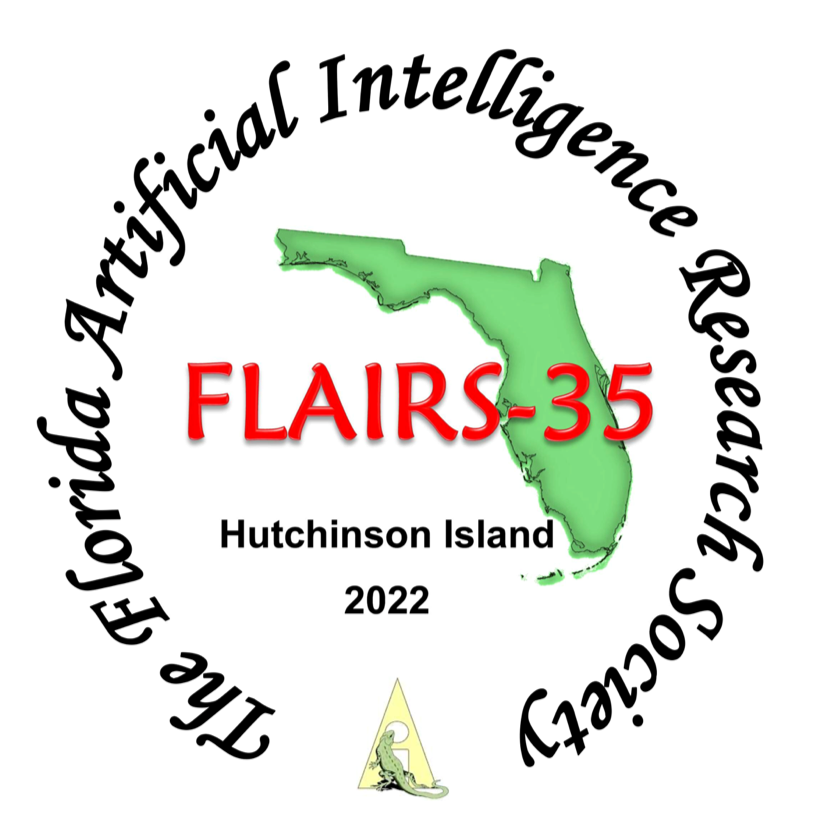Automated Assessment of Student Self-explanation During Source Code Comprehension
DOI:
https://doi.org/10.32473/flairs.v35i.130540Keywords:
self-explanation, source code comprehension, semantic similarityAbstract
This paper presents a novel method to automatically assess self-explanations generated by students during code comprehension activities. The self-explanations are produced in the context of an online learning environment that asks students to freely explain Java code examples line-by-line. We explored a number of models consisting of textual features in conjunction with machine learning algorithms such as Support Vector Regression (SVR), Decision Trees (DT), and Random Forests (RF). Support Vector Regression (SVR) performed best having a correlation score with human judgments of 0.7088. The best model used a combination of features such as semantic measures obtained using a Sentence BERT pre-trained model and from previously developed semantic algorithms used in a state-of-the-art intelligent tutoring system.
Downloads
Published
How to Cite
Issue
Section
License
Copyright (c) 2022 Jeevan Chapagain, Lasang Tamang, Rabin Banjade, Priti Oli, Vasile Rus

This work is licensed under a Creative Commons Attribution-NonCommercial 4.0 International License.


